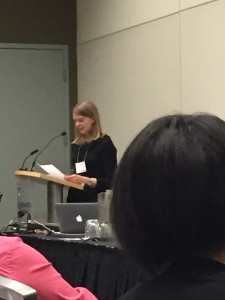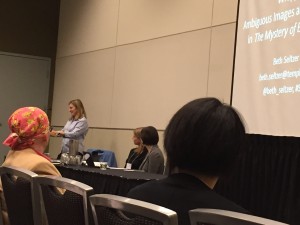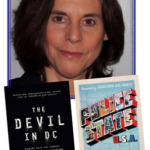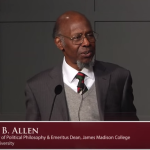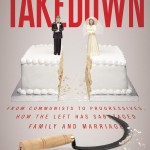Camera-Shy Charles Dickens
Charles Dickens was no fan of photographs, but that fact alone speaks volumes on the importance of visual media and literature, according to a panel of professors at the Modern Language Association (MLA) convention in Vancouver, Canada this month.
Susan Cook, an associate professor of English at Southern New Hampshire University, called photographs a “counterfeit” image of himself and worried him because had no control over the distribution of his photographs. Cook said, this “coy logic of celebrities” fueled his “ambivalence about photography.” The issue with photographs, she believed, was how the lack of photographs “cultivates this sense of mystery” for the reader and audience. But, she added that Dickens said that, “Visual media is for the cultivation of the … abundant celebrity” and therefore it “undermines the totality of his photographic logic.”
Suzy Anger, an associate professor of English at the University of British Columbia, reflected on Dickens’ fascination with the senses. He was amazed at the ability of a deaf and blind girl for touch, and said such experiences felt like one was “coming alive” and where “perception and action are inseparable.” Anger pointed out Dickens’ opposition to solitary confinement for prison inmates, which he said led to “senseless atrophy,” “loss of a balanced mind,” and “makes the senses dull.” Dickens also felt it meant “the criminals who were there, were dead” after solitary confinement.
Dickens became “increasingly preoccupied with the embodied mind’s ability” to create images and senses, even visiting a mental hospital to get a better read on the mind and its interactions. Anger said that Dickens may have felt senses were “essential to the self that they create.”

